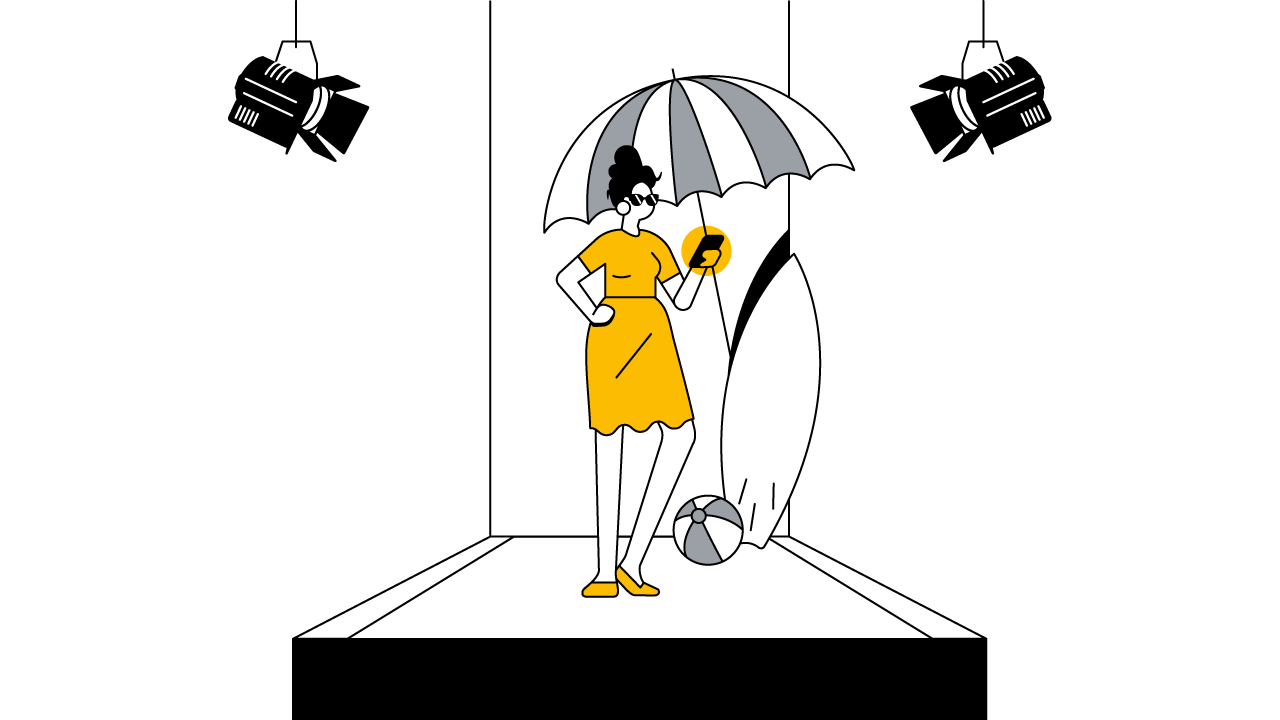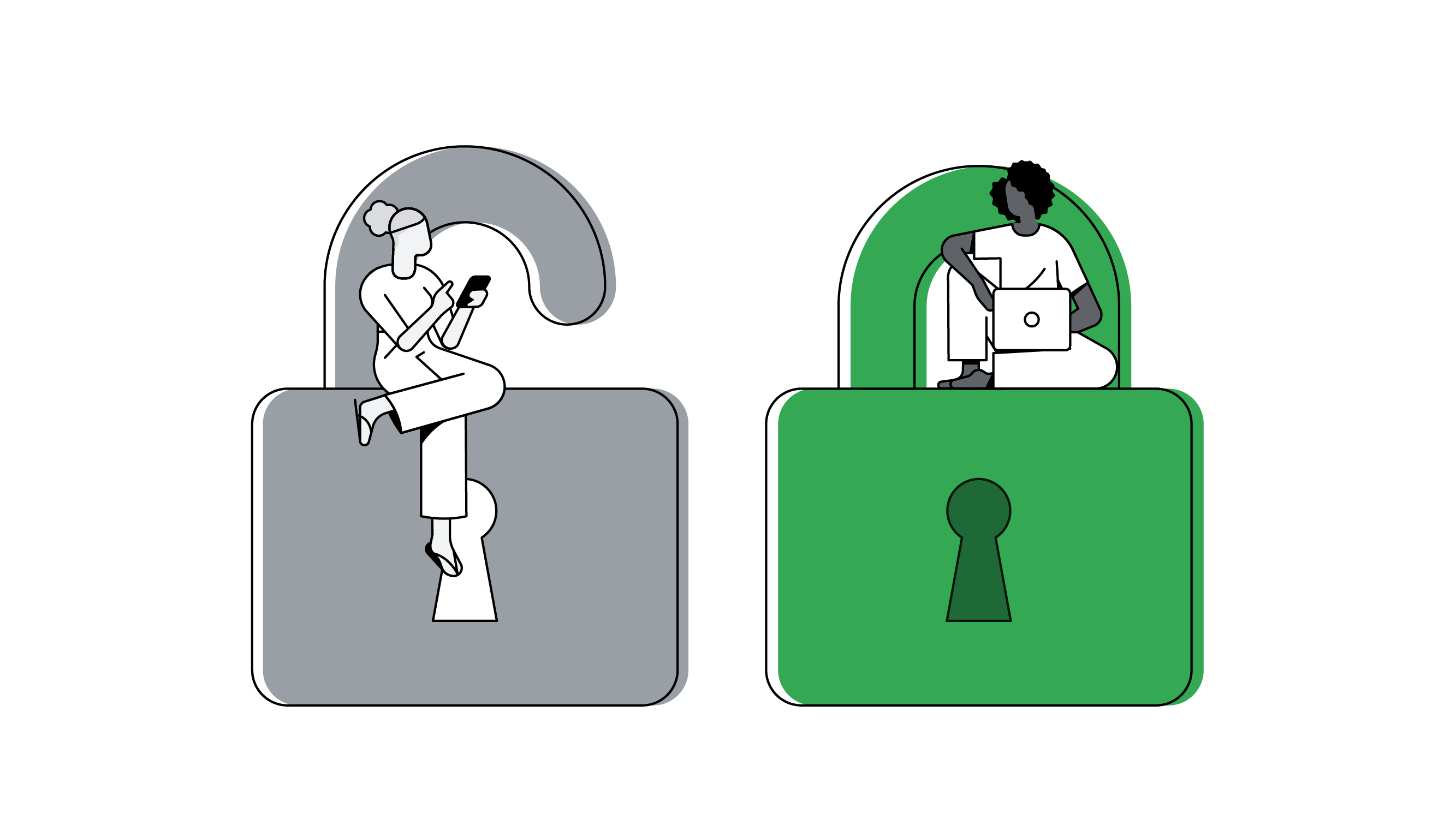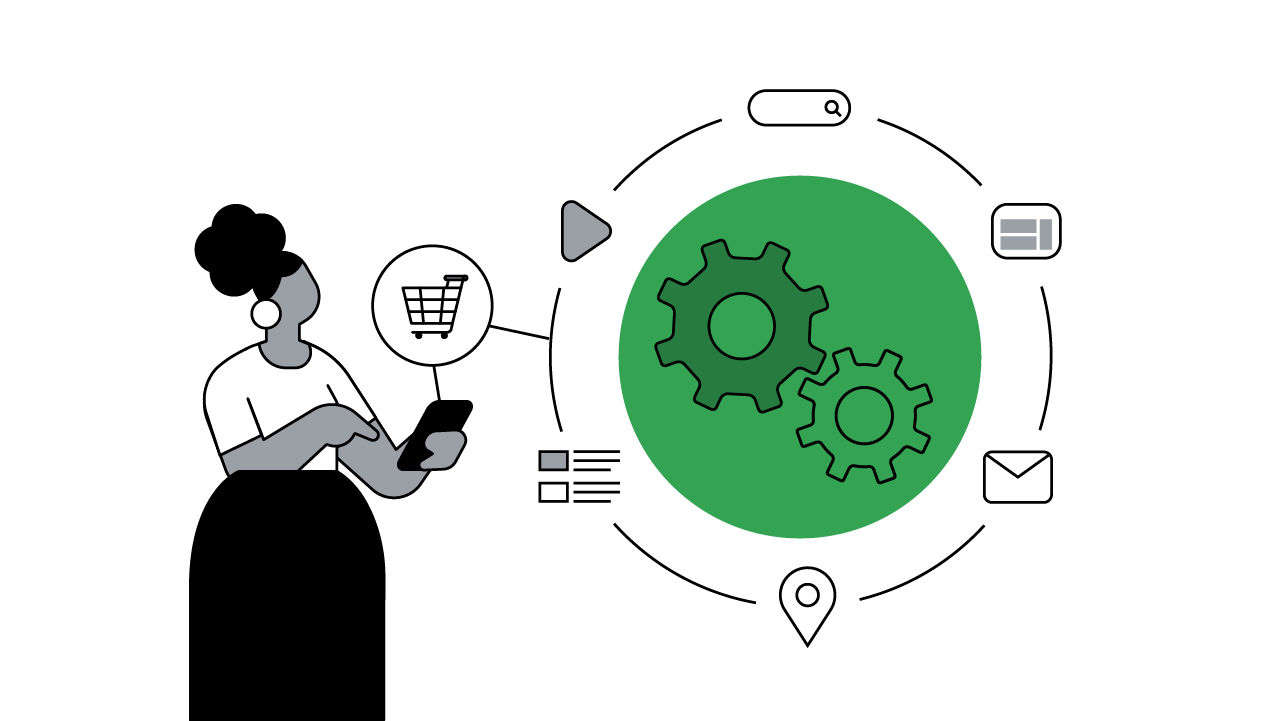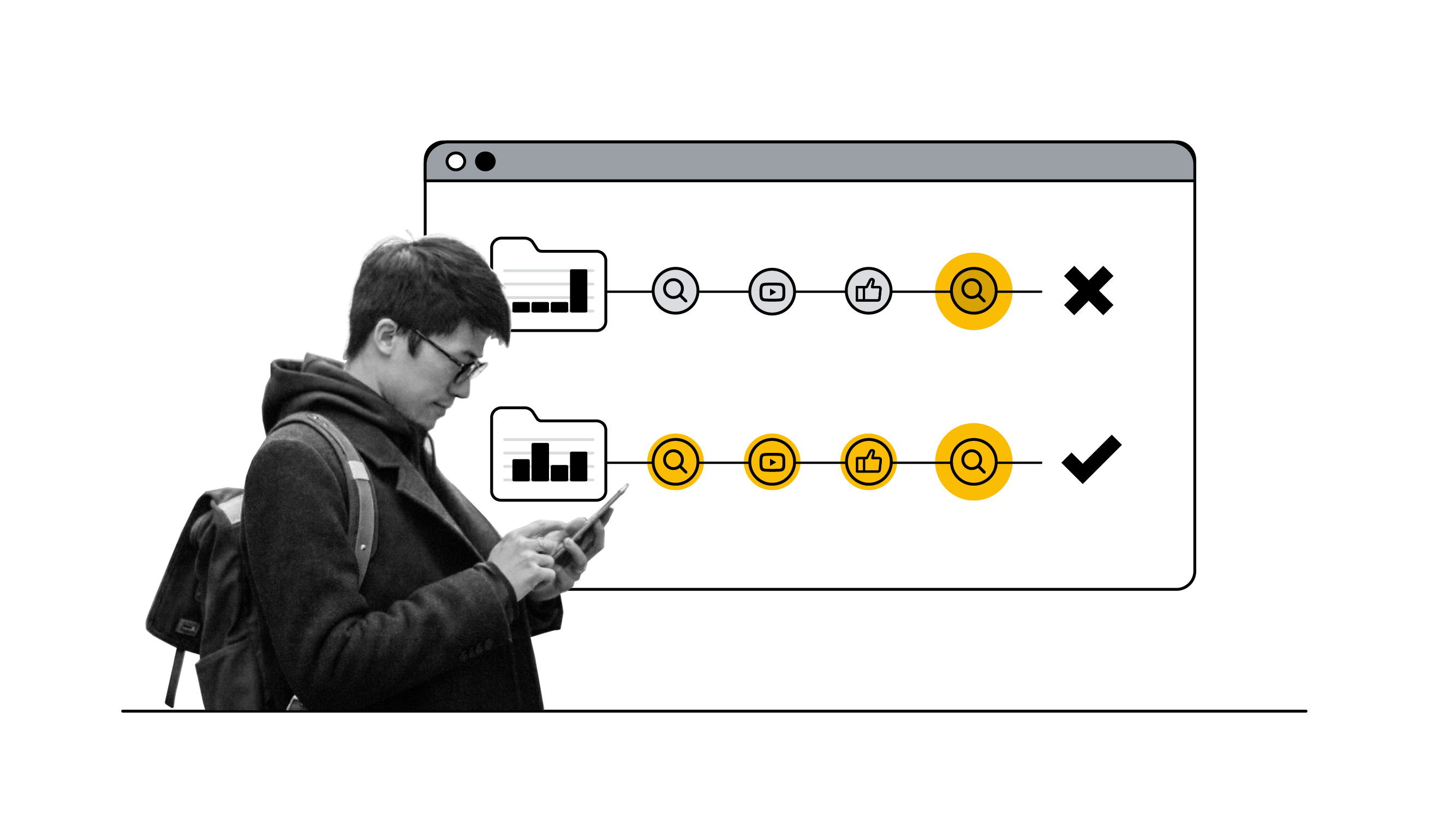One of the most serious challenges in marketing is identifying the true impact of a given marketing expenditure change. In this guide, we show you how controlled marketing experiments can help improve campaign success.
Consumers are making purchasing decisions around the clock — at work on their desktops, lounging on the couch with their tablets and in shops on their smartphones. Today's customer journey is complex and full of many touchpoints for marketers to connect with consumers across a variety of channels. As a result, campaign budgets — search, video and more — need to reflect the most efficient marketing mix.
But in this constantly evolving consumer landscape, it's difficult to know whether that marketing expenditure is making an impact. Did the campaign perform as expected, better or worse? Could the digital investment have been allocated in a more effective way? The pressure to prove value is all the more important because marketers know the budget for one campaign can often determine the investment for their next one.
The ripple effect is that marketers must function as scientists, conducting experiments when it comes to allocating budgets — whether by adapting the media mix, trying out different forms of creative or exploring new marketing channels altogether. By measuring the full value of digital media investments through controlled marketing experiments, we can prove what is effective and what is not.
In this guide, we'll help you understand the ideal scenarios for using controlled marketing experiments, why you should use them and how. The best marketing experimentation follows a clear design process, is easy to interpret and leads to continued learning and refinement.
And once you've aced the science bit, you can get back to the art of connecting with your customers.






